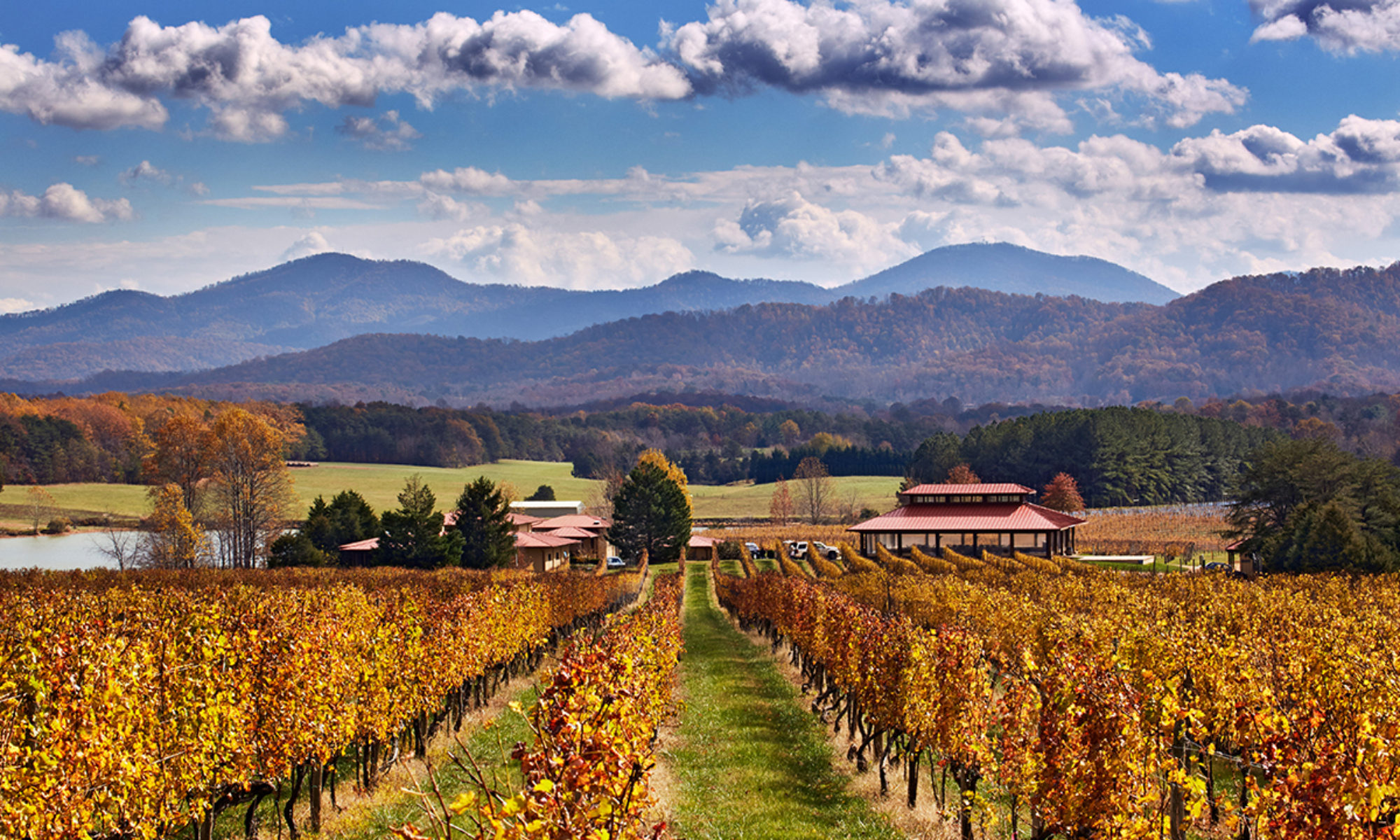Lost Creek Winery
- Lost Creek Winery is on the Eastern side of Loudoun County, between route 15 and the Potomac River. Owners Todd and Aimee Henkle, met at the University of Texas at Austin; he has an MBA from Babson; both have corporate backgrounds. They started the winery in 2012. “Sustainable viticulture” practices that “let the fruit speak for itself.” 100% Virginia grapes, partly bought in from elsewhere in Loudoun and from Charlottesville. The winery predates its current owners – had been started by daughter of owners of Hidden Brook winery (one of Loudoun’s first wineries) next door. The Henkles have recently opened a wine bar in downtown Leesburg, the Echelon Wine Bar, that features Lost Creek wines.
- Wine: Among the Top 30 Northern Virginia wineries, and among the 12 best wineries of Loudoun County. The 2019 vintage Trinity red blend was awarded a gold medal at the 2023 Virginia Governor’s Cup state-wide wine tasting competition, while the 2019 Allure red blend was awarded a gold medal at the 2022 Virginia Governor’s Cup (though only a bronze medal at the 2023 event). The same vintage Allure, along with Lost Creek’s 2020 Chardonnay, were awarded gold medals at the prestigious San Francisco Chronicle wine competition of 2022. Lost Creek wines received five gold medals at the 2022 Governor’s Cup: their 2019 Cabernet Franc, Genesis, and Trinity (both also red wine blends), the 2017 Allure, and a 2020 Viognier. All of these five wines except for the Cabernet Franc also received silver medals at the 2022 San Francisco Chronicle tasting event. Six Lost Creek wines came away with silver medals at the 2022 Best of Loudoun competition.
- Setting: One star. Exterior views of fields and woods. Large indoor fireplace, very cozy main tasting room if not overrun (great place to go in the offseason). Excellent food menu – of the best among VA wineries — with their own chef, good for lunch as well as tasting.

- Stories: One star. Civil War – Crossing the Potomac. The Potomac River was the diving line between the North and the South in the Civil War, the boundary between Union Maryland and Confederate Virginia. Crossings of the River were momentous occasions, invasions of one side or the other. In the first year of the war, it was all a question of Union forces moving into Virginia, expecting a swift end to the rebellion of the South, but those expectations were quickly dashed by battlefield losses at Manassas, and at Ball’s Bluff just south of here. The balance of power evolved rapidly. At White’s Ford, a few miles from this winery, Confederate General Robert E. Lee in September of 1862 crossed to the Maryland side of the Potomac with his army, for the first time invading the territory of the Union. Lee’s objectives were to damage the morale of the North ahead of the November Presidential election, and to find untouched farmlands in Maryland and Pennsylvania which could better feed his troops that the ravaged and depleted farms of northern Virginia. A successful invasion, it was also thought, might bring slave-holding Maryland to switch allegiances and join the secession, forcing an end to the war. General Lee brought an estimated 55,000 men, who crossed at White’s Ford. The invasion was turned back on September 17, 1862, near Sharpsburg, in the Battle of Antietam Creek – the single bloodiest day of battle in American history. 22,000 were either dead, wounded or missing by the end of day. White’s Ford is now a Regional Park. A commemoration of the crossing has been held annually since 1998.
